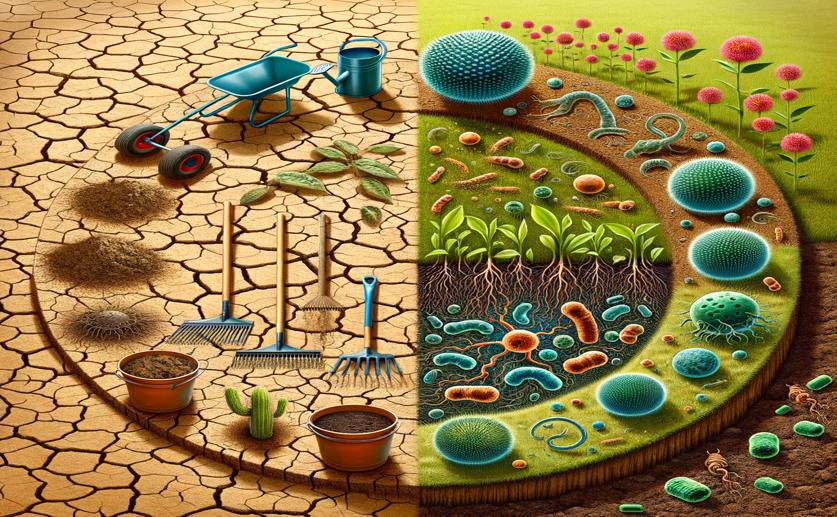
Restoring Drought-Impacted Soil Alters Its Microbes
Jenn Hoskins
23rd March, 2024

Image Source: Natural Science News, 2024
Key Findings
- In Brazil's semiarid regions, deforestation affects soil bacteria diversity and health
- Short-term restoration efforts increase 'generalist' bacteria, aiding soil resilience
- Seasonal changes influence the bacterial community's composition and connections
References
Main Study
1) Short-term restoration practices change the bacterial community in degraded soil from the Brazilian semiarid.
Published 21st March, 2024
https://doi.org/10.1038/s41598-024-57690-y
Related Studies
2) Soil Acidobacterial community composition changes sensitively with wetland degradation in northeastern of China.
3) Microbial generalists and specialists differently contribute to the community diversity in farmland soils.



 19th March, 2024 | Jenn Hoskins
19th March, 2024 | Jenn Hoskins